Ten photographers have made it into the shortlist for the annual MACK First Book Award; the winning project will be announced in May at Photo London 2020
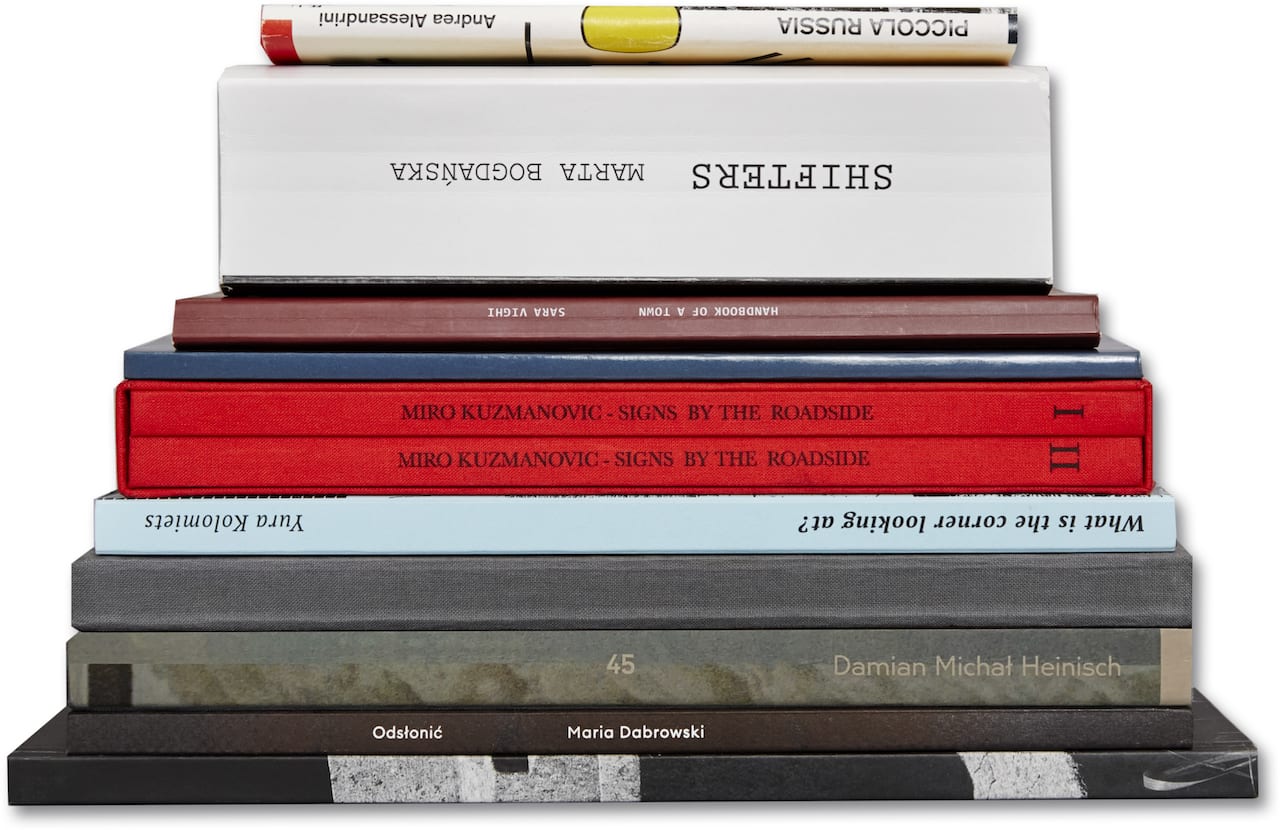

Ten photographers have made it into the shortlist for the annual MACK First Book Award; the winning project will be announced in May at Photo London 2020
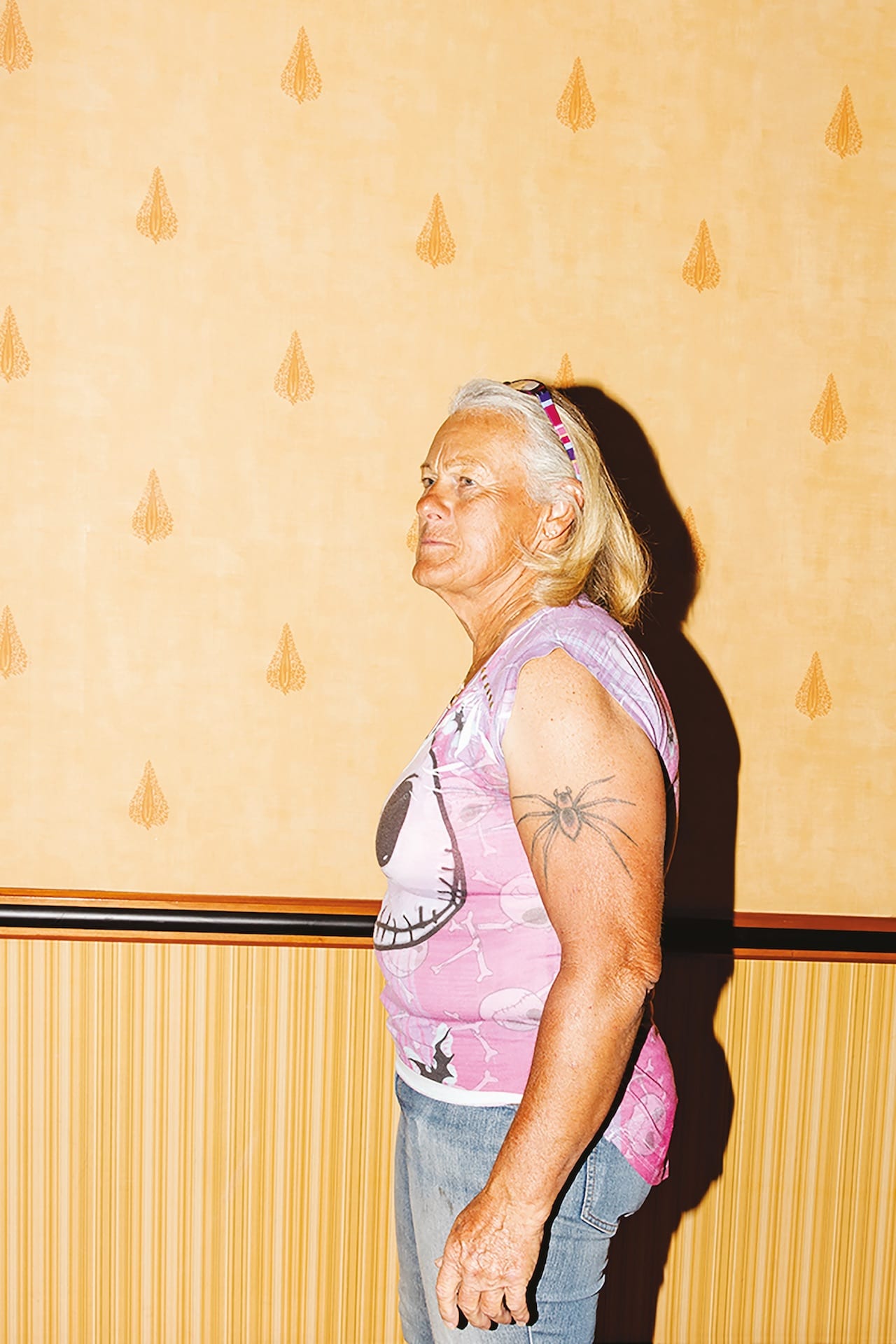
Crossing four continents over four years, Lisa Barnard’s latest project explores our ongoing obsession with gold as “a potent symbol of value, beauty, purity, greed and political power”

A collection of 9,200 polaroids reveals the female persona of a deceased Californian photographer. Curator Erin O’Toole discusses the complexities of unveiling them to the public
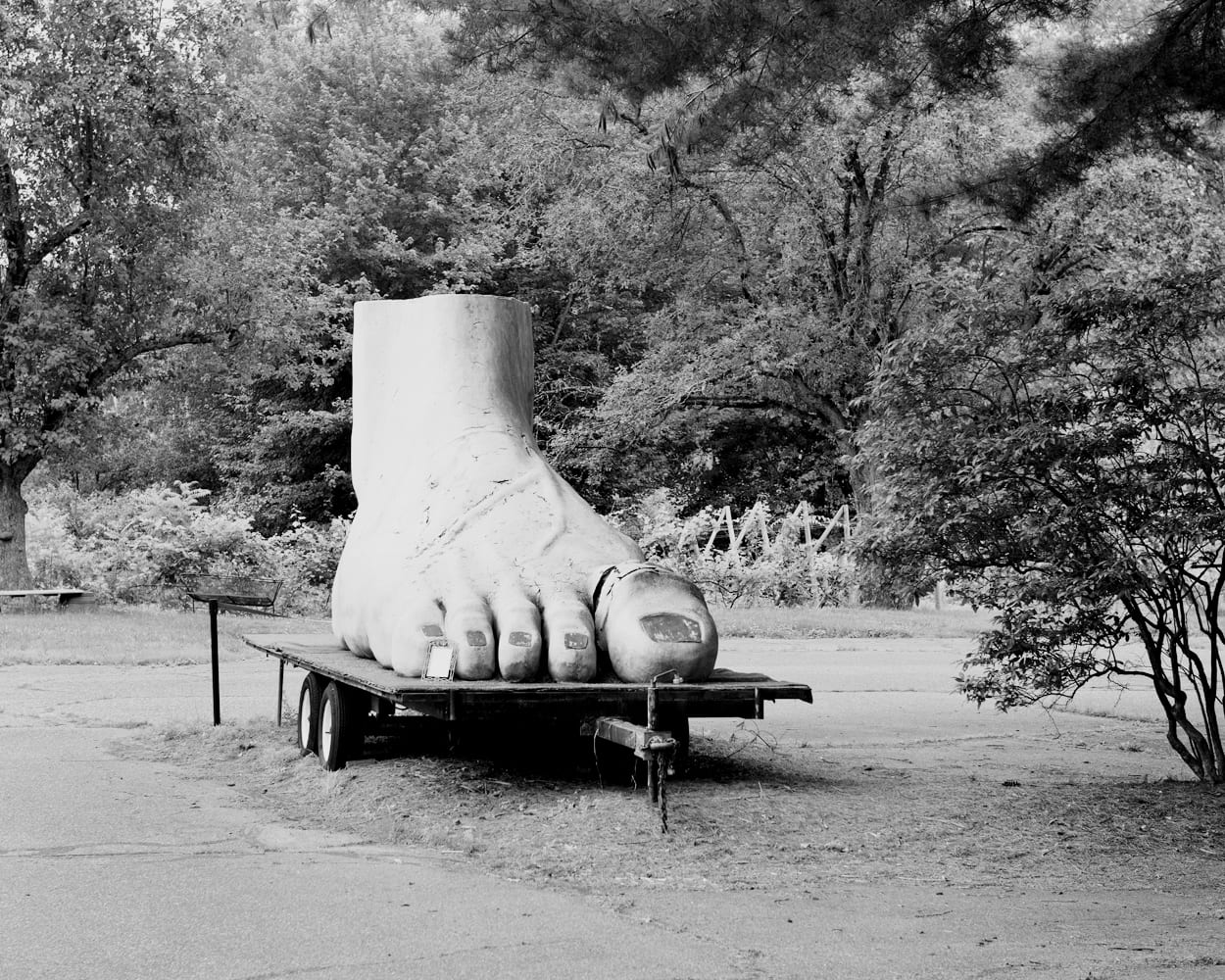
Think of a horror or thriller, and you may think of the happy first half hour or so when everything seems to be going just fine. The Stepford Wives’ town initially seems like it’s perfect; The Vanishing opens with a couple going on a holiday. It’s only later that the tone takes a turn for the worse, before descending into something more substantially scary. That shift is something the residents of Amherst, Massachusetts seemingly live in fear of, because – while on the face of it their small town is an idyll – they’re constantly on the alert.
“7.32pm – Residents at The Boulders complained about a man yelling out the window in a foreign language,” reads a police report published in the local paper, the Amherst Bulletin. “The man told police he was just stating his excitement for the dinner he was about to eat.” “5.53pm – A woman called police after being approach by a photographer in downtown who asked if he could take pictures of her feet,” another reads. “The photographer was not located.”

Publications we loved, and the big news stories from the last month in photobooks – including the nominees from the 2019 Mack First Book Award and an interview with photobook collector extraordinaire Manfred Heiting
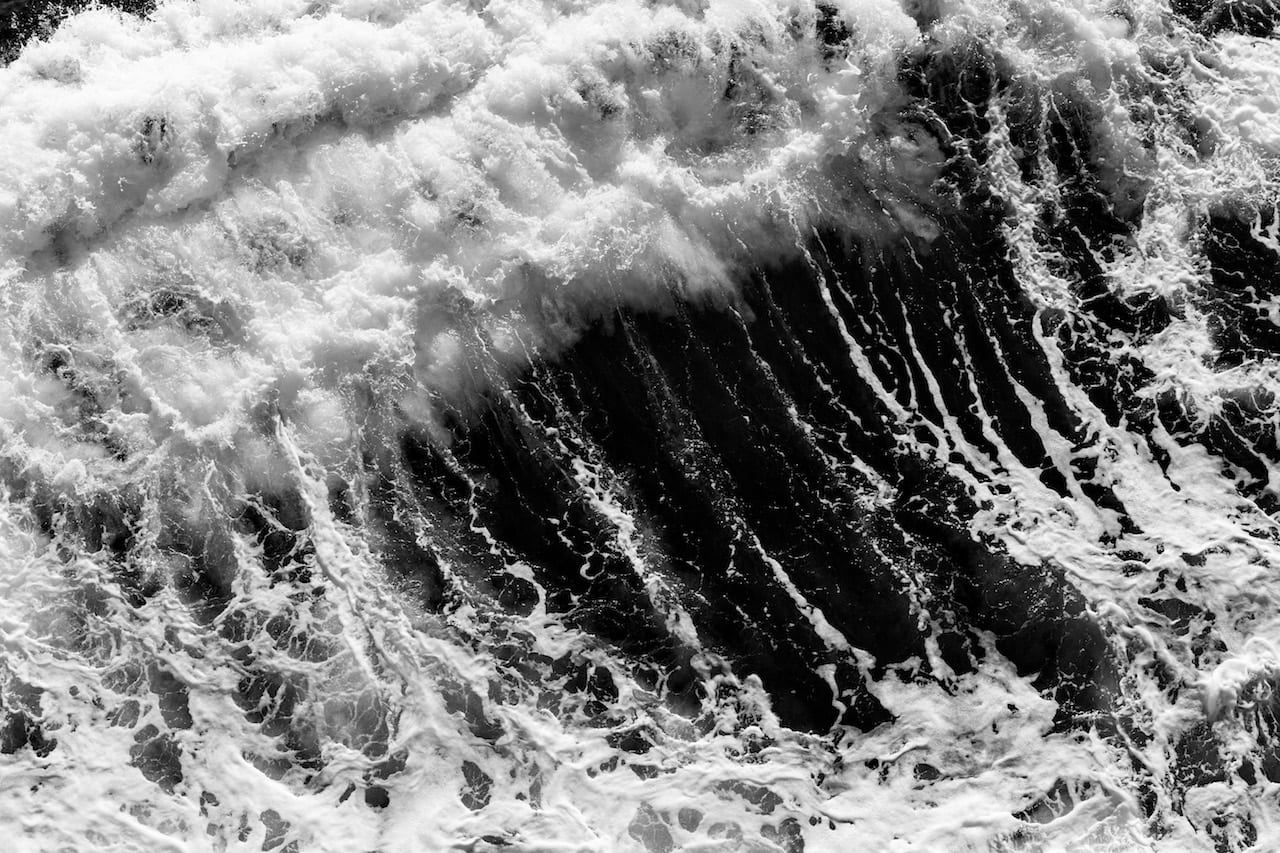
In 2016, Natascha Libbert was commissioned to photograph the sea locks of IJmuiden – large constructions which allow ships and boats access to the Dutch port, and which are therefore of tremendous importance to the economy of the Netherlands, and in particular the port of Amsterdam further downriver. But while they’re important, they’re not necessarily exciting photographic subjects, and some of what makes them significant is hard to pin down visually – as is shown by the phrases and thoughts that the Dutch photographer jotted down in her notebook while working on the project, such as “man-made landscape”, “90 per cent of all trade is transported by sea”, and “at sea, the brain receives 85 per cent less information than on land”.
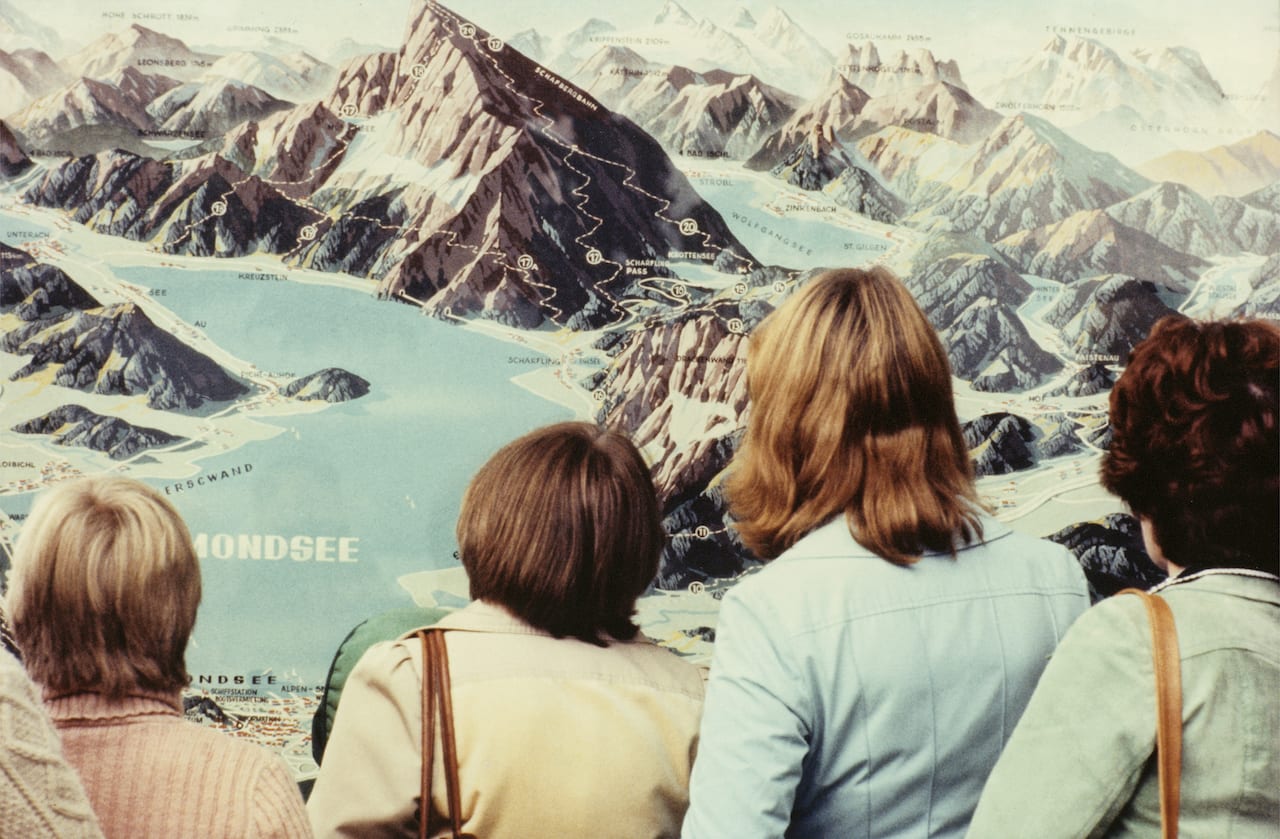
“My aim is not to make PHOTOGRAPHS, but rather CHARTS and MAPS that might at the same time constitute photographs,” writes photographer and prolific writer on his craft, Luigi Ghirri in his 1973 essay, Fotografie del periodo iniziale. Trained as a surveyor, the iconography of maps and atlases prevail Ghirri’s photography. “But what if you map his work?” asks curator James Lingwood. “He was, in a way, mapping the changing topography of modern life in Europe in the 1970s and also the change in the relationship between people and images.”
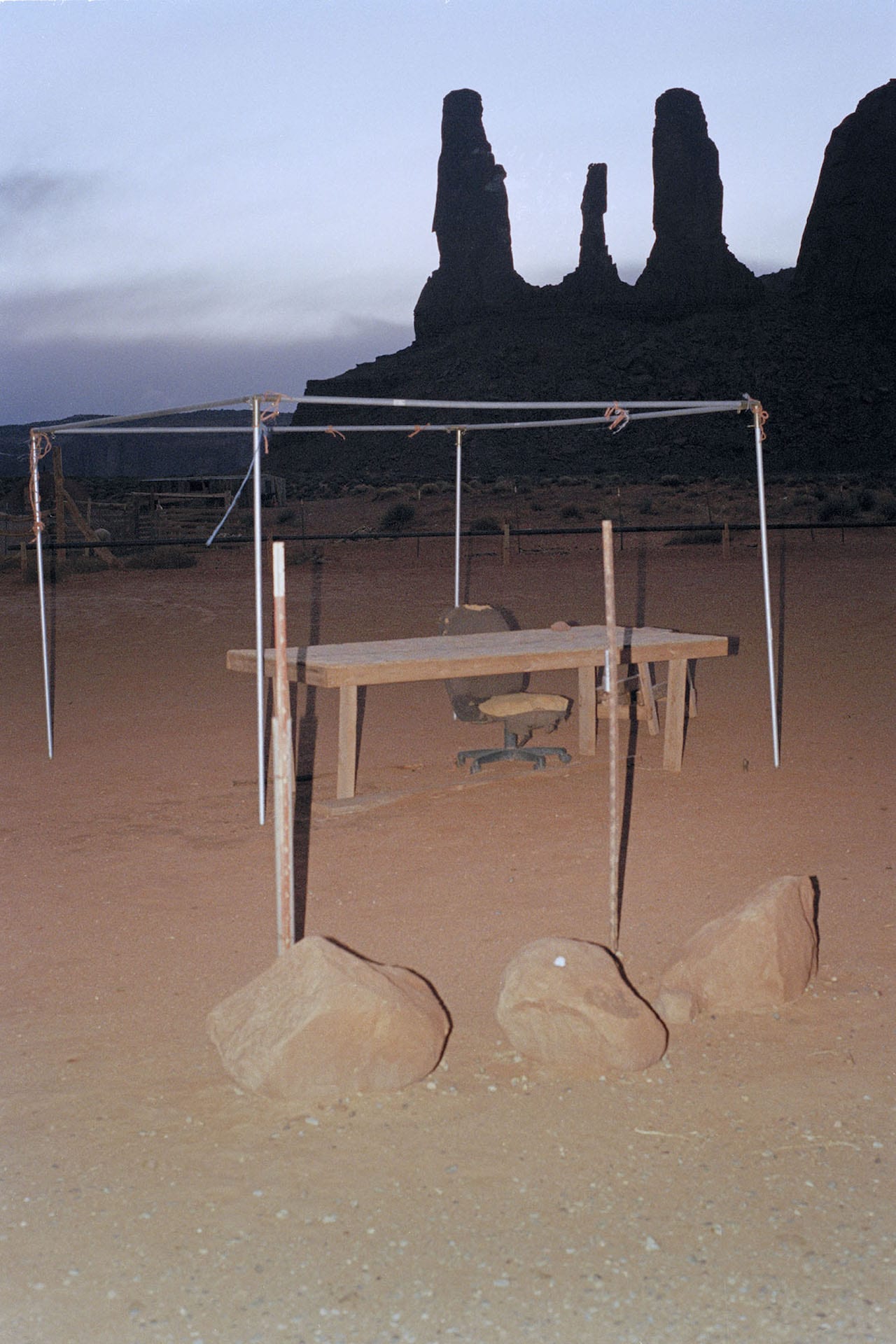
Publications we loved, and the big news stories from the last month in photobooks, including American Winter by Gerry Johansson, Void’s Hunger project, and JA Mortram’s Small Town Inertia
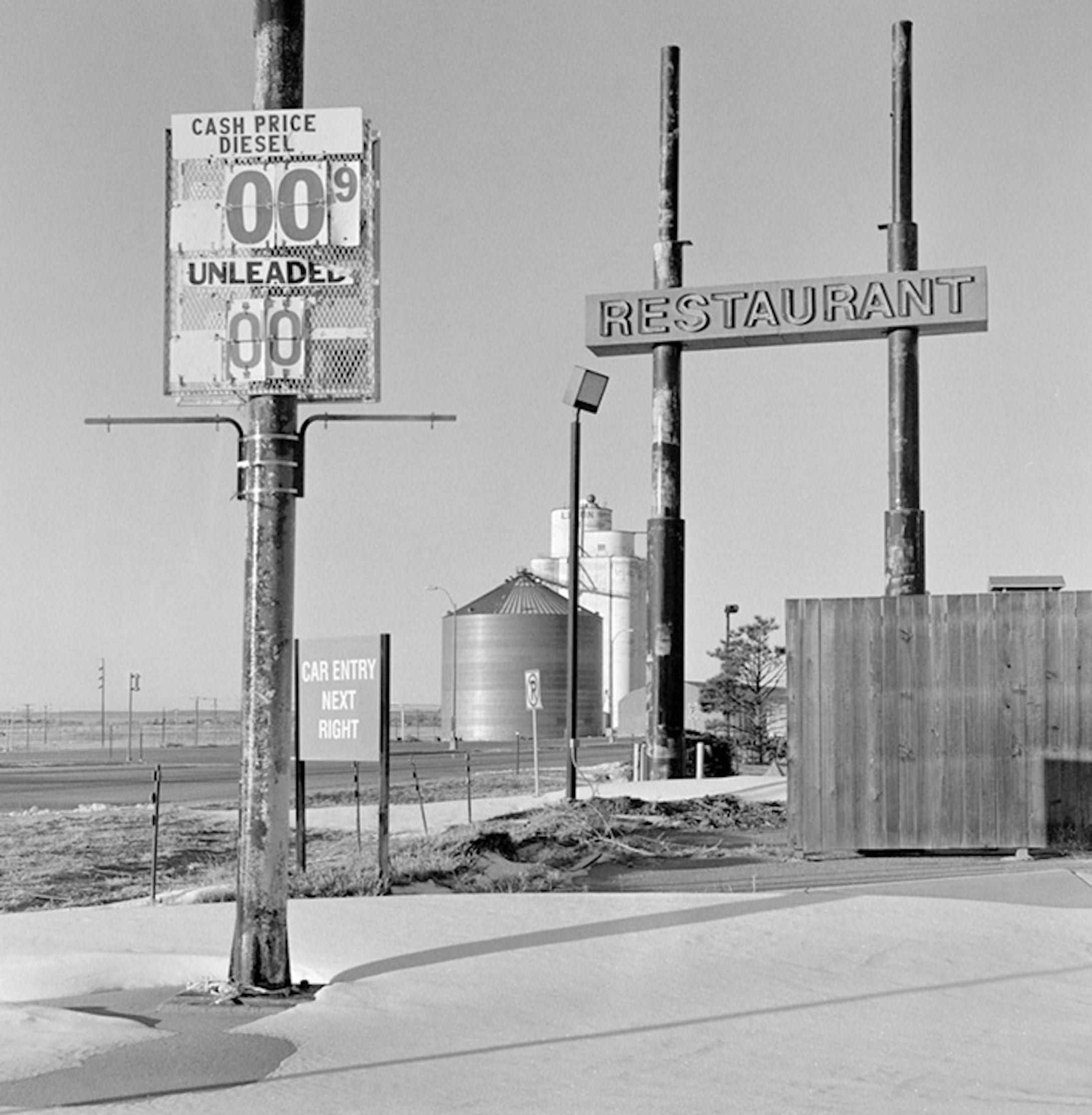
“For me it is important not to create a story with the pictures,” says Gerry Johansson. “Normally when you edit you try to sequence the photographs. But for me it is important that each picture is considered as a single, individual image.”
Johansson’s photography is largely driven by intuition, but when it comes to making a book, logic and order triumph. Almost all of his 31 photobooks are defined by their geography, if not the subject matter, and their equally-sized photographs are generally organised either alphabetically or chronologically, a bid to encourage readers to interpret them individually.